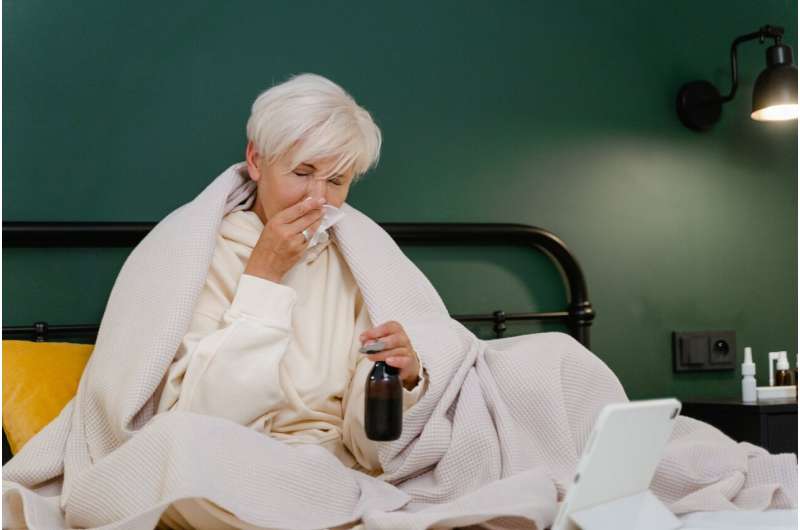Global Variations in Donor Human Milk Raise Important Considerations for Preterm Infant Nutrition

New research uncovers significant regional differences in donor human milk composition, highlighting the need for tailored fortification strategies to support preterm infants worldwide.
Recent research has highlighted significant differences in the nutritional composition of donor human milk across various countries, emphasizing the need for tailored approaches to support preterm infants worldwide. This study, published in the American Journal of Clinical Nutrition and spearheaded by Dr. Maryanne Perrin at the University of North Carolina Greensboro, examined 600 milk samples from approved donors in eight countries including Chile, Kenya, Poland, Vietnam, and the United States.
Donor human milk is a vital resource for preterm infants when maternal milk is unavailable, offering a crucial reduction in the risk of necrotizing enterocolitis, a severe intestinal disease. However, current protocols may not account for regional differences in milk composition. The study found that milk donated during early lactation (around 1.6 weeks postpartum) in Kenya contained 30-50% higher protein levels and increased minerals such as potassium, sodium, iron, and zinc, compared to milk from mature donations (around 14-21 weeks postpartum), which had higher lactose and B-vitamin concentrations.
Dr. Perrin pointed out that regional dietary habits and lactation stages influence vitamin variations, with notable differences: U.S. samples had higher riboflavin, Poland showed lower B12, and Vietnam had reduced thiamine levels. Such disparities suggest that fortification strategies for donor milk could be optimized regionally to improve nutritional outcomes.
Despite these insights, more than 60% of nutrient variability remains unexplained by factors like lactation stage or maternal characteristics, indicating a need for further research. Strategies such as multi-donor pooling may help reduce these variations and ensure consistent nutrition for preterm infants, many of whom are especially vulnerable.
This groundbreaking study, involving researchers from institutions worldwide, including the USDA, UC San Diego, and hospitals in Chile, Kenya, Vietnam, and Poland, is the most comprehensive to date. It underscores the importance of understanding regional differences in human milk composition and adapting feeding protocols accordingly. As preterm birth rates continue to rise globally, particularly in middle-income countries where survival of very premature infants has improved dramatically, optimizing donor milk nutrition remains a critical challenge for improving neonatal health outcomes.
[Source: https://medicalxpress.com/news/2025-10-variations-human-donor-critical-considerations.html]
Stay Updated with Mia's Feed
Get the latest health & wellness insights delivered straight to your inbox.
Related Articles
Enhanced Detection of Down Syndrome Using Noninvasive Prenatal Testing
New research shows noninvasive prenatal testing (NIPT) detects twice as many Down syndrome cases as traditional screening methods, offering improved accuracy and cost savings for prenatal care.
Innovative Stem Cell Research Offers Hope for Complex Fracture Healing
New research reveals that muscle-derived stem cells can transform into bone cells, potentially revolutionizing treatment for complex fractures and soft tissue injuries.
Genetic Discovery Unveils Key Role in Intestinal Stem Cell Regeneration for Rare Disorder
A recent study uncovers the essential role of a gene linked to a rare childhood disorder in the regeneration of intestinal stem cells, providing insights into gut healing processes and potential therapies for related diseases.



